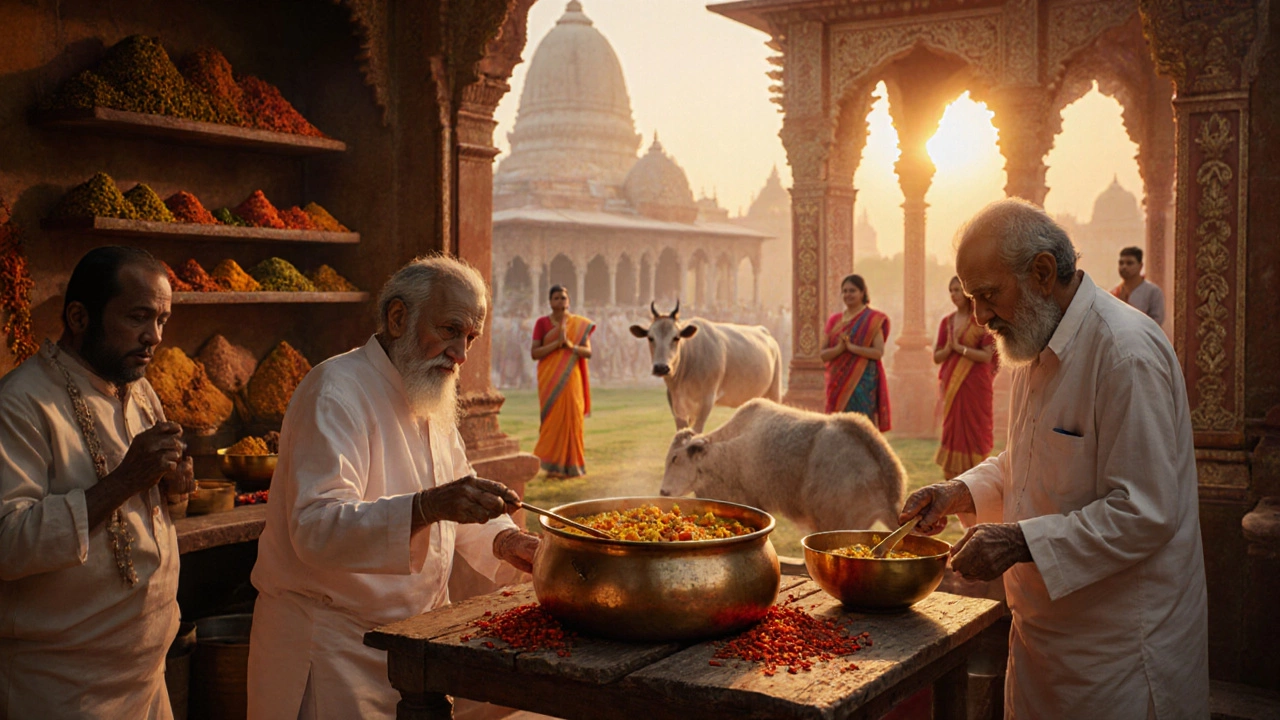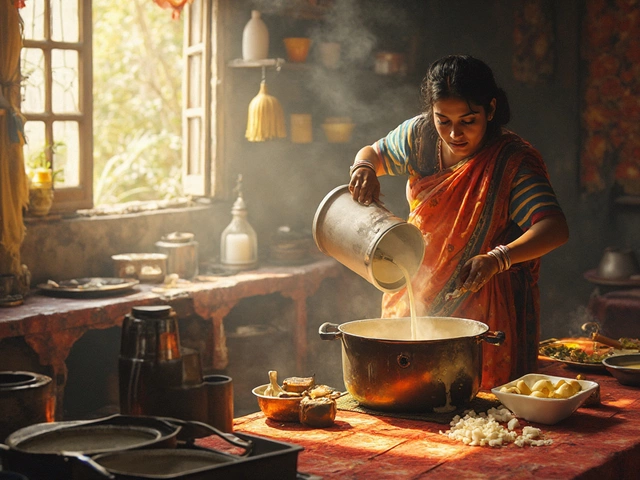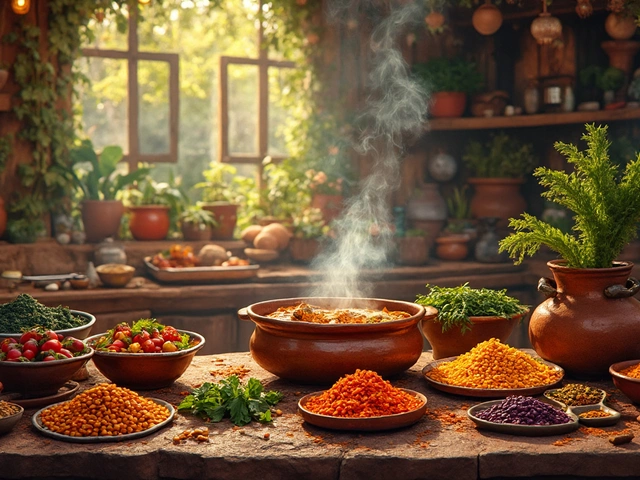India's Vegetarian Diet Explorer
Select factors and click Explore to see how they shape India's vegetarian traditions.
Ever wondered why most Indians avoid meat? The answer isn’t a single story but a patchwork of religion, geography, economics, and tradition. This article untangles those threads, showing how centuries of belief, climate, and policy shaped one of the world’s largest vegetarian populations.
Quick Takeaways
- Hinduism, Jainism, and Buddhism embed meat‑avoidance in daily life.
- The monsoon climate favors grain and legume crops over livestock.
- Caste rules historically restricted animal slaughter for many communities.
- Colonial trade introduced spices that made plant‑based dishes flavorful.
- Modern policies subsidize pulses and dairy, keeping vegetarian meals affordable.
Religious Roots of Vegetarianism
Hinduism is a major Indian religion that venerates cows as sacred symbols of motherhood and abundance. Texts such as the Bhagavad Gita recommend ahimsa (non‑violence), and many devout Hindus interpret this as avoiding meat. The principle is strongest in the Brahmin and Vaishnavite communities, where meals are traditionally dairy‑rich and meat‑free.
Jainism takes ahimsa to an extreme, prohibiting the killing of even microscopic life. Jains, though a tiny fraction of the population, influence regional food markets by demanding strict vegetarian supplies, especially in Gujarat and Rajasthan.
Buddhism spread across northern India in the early centuries CE. While not all Buddhists are vegetarians, the monastic code (Vinaya) urges monks to refrain from meat, reinforcing a culture of plant‑based meals in historic Buddhist centers like Sarnath.
These three faiths together account for roughly 80% of India’s population, making religious doctrine a heavyweight driver of everyday food choices.
Social Structure and the Caste System
The caste system historically linked occupation with dietary rules. Upper castes, especially Brahmins, were expected to maintain purity by avoiding meat, while lower castes sometimes relied on animal husbandry for livelihood. Over centuries, the elite’s influence filtered down, normalizing vegetarian meals in public festivals and markets.
Even today, many families observe caste‑based food taboos during weddings or religious ceremonies, reinforcing plant‑centric menus across generations.
Geography, Climate, and Agricultural Practices
Monsoon‑dependent climate shapes what can be grown profitably. The rainy season supplies abundant water for rice, wheat, lentils, and millets, but maintaining large herds requires consistent grazing land, which is scarce in densely populated river plains.
Agricultural practices in India have long prioritized staple grains (rice, wheat) and protein‑rich legumes (dal, chickpeas). These crops store well, feed many, and fit the small‑holder farmer model that dominates the rural economy.
Because plant foods are cheaper to produce and distribute than meat, low‑income households rely heavily on vegetarian dishes, cementing a national palate that leans toward vegetables, pulses, and dairy.
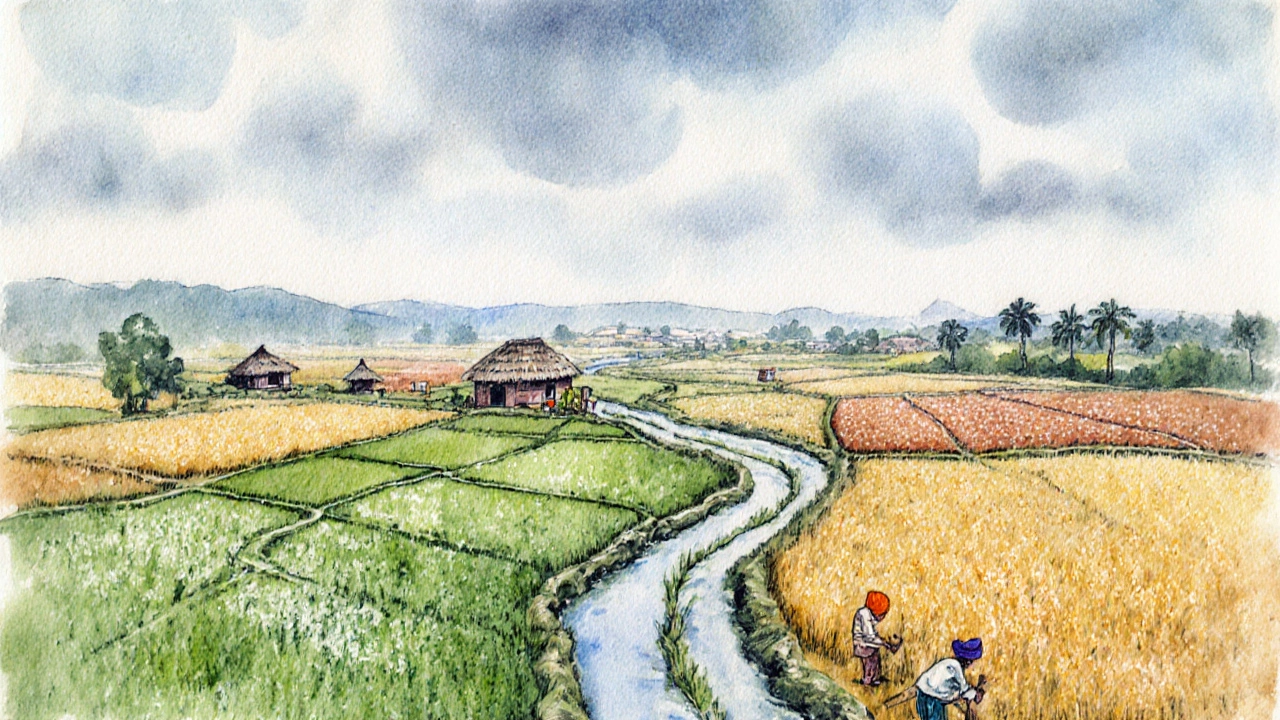
Historical Trade, Colonial Influence, and Spice Innovation
The spice trade turned India into a culinary laboratory. Portuguese, Dutch, and British merchants introduced chilies, potatoes, and tomatoes in the 16th‑19th centuries. While these ingredients added bold flavors, they also reinforced vegetarian cooking because they blended seamlessly with legumes and rice.
British colonial policies, paradoxically, encouraged meat‑free diets for Indian soldiers (the “sepoy diet”) to reduce costs and avoid religious friction, further entrenching vegetarian meals in institutional settings.
Modern Government Policies and Economic Incentives
Today, the Indian government subsidizes pulses, millets, and dairy through schemes like the National Food Security Act and the Milk Production Programme. These subsidies keep prices low, making vegetarian protein sources accessible nationwide.
Urban middle‑class consumers also benefit from a booming market of ready‑to‑eat vegetarian snacks and plant‑based meat alternatives, driven by both health trends and the deep cultural acceptance of meat‑free meals.
Regional Variations and Notable Exceptions
While the overall picture is vegetarian, regional cuisines diverge. Coastal Karnataka, Kerala, and Bengal showcase fish‑centric dishes due to abundant marine resources. In the North‑East, tribal communities consume pork, beef, and game regularly.
These pockets illustrate that geography can override religious norms, but they remain minorities compared with the national trend.
Impact on Global Perception and Culinary Influence
Internationally, Indian vegetarian cuisine is celebrated for its spice complexity and health benefits. Dishes like chana masala, paneer tikka, and dosas have become global staples, often introduced through diaspora restaurants that cater to both vegetarians and meat‑eaters.
As plant‑based diets gain popularity worldwide, India’s long‑standing vegetarian culture provides a rich source of recipes, cooking techniques, and flavor profiles for the modern flexitarian.
| Religion | Adherence (%) | Core Teaching on Meat |
|---|---|---|
| Hinduism | 79% | Ahimsa; cows regarded sacred |
| Jainism | 0.4% | Strict non‑violence, no animal products |
| Buddhism | 0.7% | Monastic code discourages meat |
| Sikhism | 1.9% | No strict prohibition, but many choose vegetarian meals |
| Islam & Christianity | 16% combined | Permits meat, culturally varied |
Key Takeaways for the Curious Reader
Understanding why India leans heavily vegetarian requires looking at the intersection of belief systems, climate, economics, and history. Religious doctrines like ahimsa set the moral groundwork, while the monsoon‑driven agriculture supplied the practical staples. Social hierarchies reinforced dietary purity, and modern policies keep plant‑based proteins cheap and plentiful.
So the next time you bite into a fragrant bowl of dal, you’re tasting centuries of philosophy, geography, and governance-an edible tapestry that makes India uniquely vegetarian‑friendly.
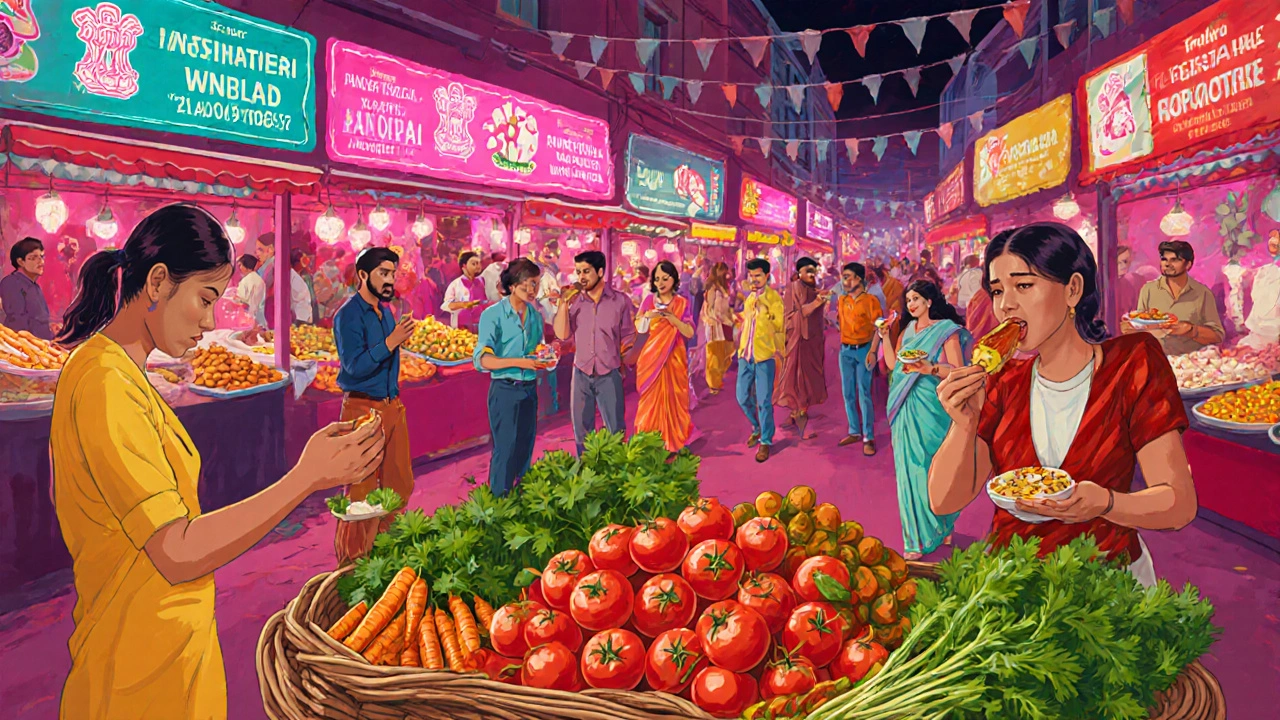
Frequently Asked Questions
Is vegetarianism mandatory in India?
No. While a large portion of the population follows a vegetarian diet due to religious and cultural reasons, many regions-especially coastal and tribal areas-regularly consume meat and fish.
How does the Indian government support vegetarian diets?
Through subsidies for pulses, millets, and dairy, as well as public distribution schemes that provide affordable staples like rice and wheat, the government keeps plant‑based nutrition accessible.
Do all Hindus avoid meat?
Not all. Some Hindu communities, particularly in coastal regions and among certain castes, do eat fish or goat, but a majority follow vegetarian norms, especially during religious festivals.
What role do spices play in Indian vegetarian cooking?
Spices add depth, umami, and excitement that compensate for the absence of meat. Techniques like tempering (tadka) release aromatic oils, turning simple lentils into richly flavored dishes.
Are there health benefits to the Indian vegetarian diet?
Studies show lower rates of heart disease and obesity among long‑term vegetarians, largely due to high fiber, low saturated fat, and abundant antioxidants from vegetables and legumes.
Understanding the why behind India’s vegetarianism gives you a richer context for its food, festivals, and daily life. Whether you’re a traveler, a home‑cook, or just a curious mind, the story is as flavorful as the dishes themselves.





